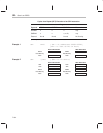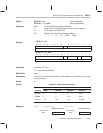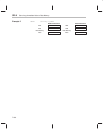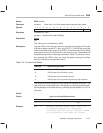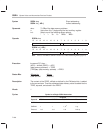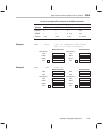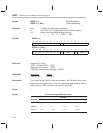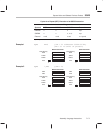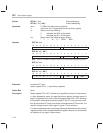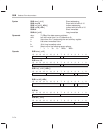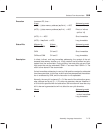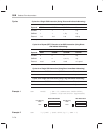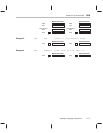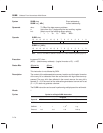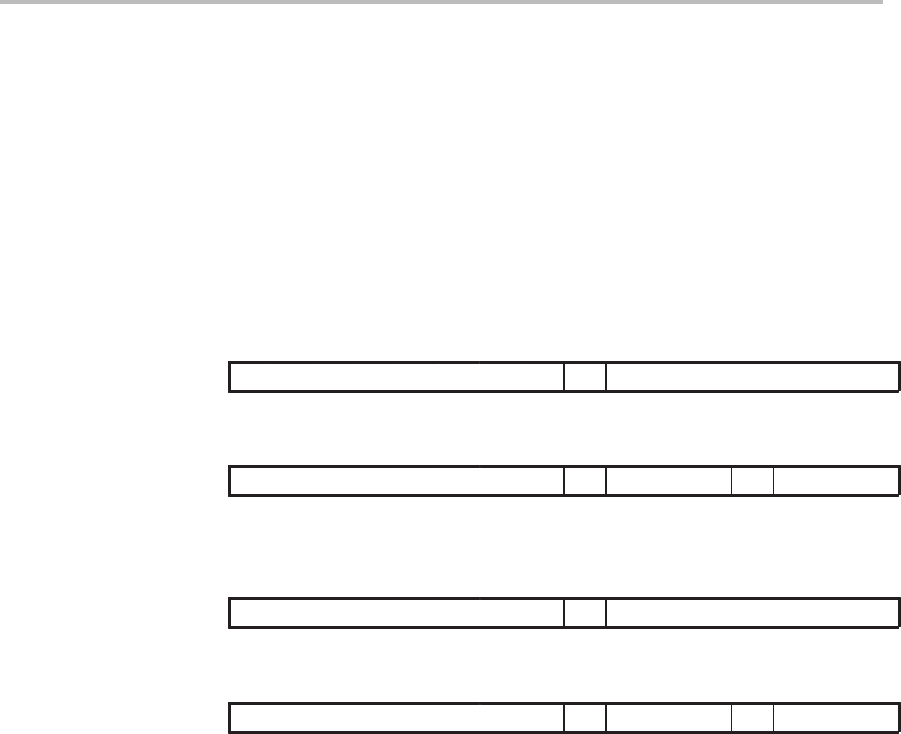
SST
Store Status Register
7-172
Syntax SST #
m
,
dma
Direct addressing
SST #
m
,
ind
[,
AR
n
] Indirect addressing
Operands dma: 7 LSBs of the data-memory address
n: Value from 0 to 7 designating the next auxiliary register
m: Select one of the following:
0 Indicates that ST0 will be stored
1 Indicates that ST1 will be stored
ind: Select one of the following seven options:
* *+ *– *0+ *0– *BR0+ *BR0–
SST #0,
dma
1514131211109876543210
1
00011100 dma
SST #0
, ind
[, AR
n
]
1514131211109876543210
1
00011101 ARU N NAR
Note: ARU, N, and NAR are defined in Section 6.3,
Indirect Addressing Mode
(page 6-9).
SST #1,
dma
1514131211109876543210
1
00011110 dma
SST #1
, ind
[, AR
n
]
1514131211109876543210
1
00011111 ARU N NAR
Note: ARU, N, and NAR are defined in Section 6.3,
Indirect Addressing Mode
(page 6-9).
Execution Increment PC, then ...
(status register STm) → data-memory address
Status Bits None
Description Status register ST0 or ST1 (whichever is specified) is stored in data memory.
In direct addressing mode, the specified status register is always stored in
page 0, regardless of the value of the data page pointer (DP) in ST0. Although
the processor automatically accesses page 0, the DP is not physically modi-
fied; this allows the DP value to be stored unchanged when ST0 is stored. The
specific storage location within page 0 is given in the instruction.
In indirect addressing mode, the storage address is obtained from the auxiliary
register selected; thus, the specified status register contents can be stored to
an address on any page in data memory.
Opcode



